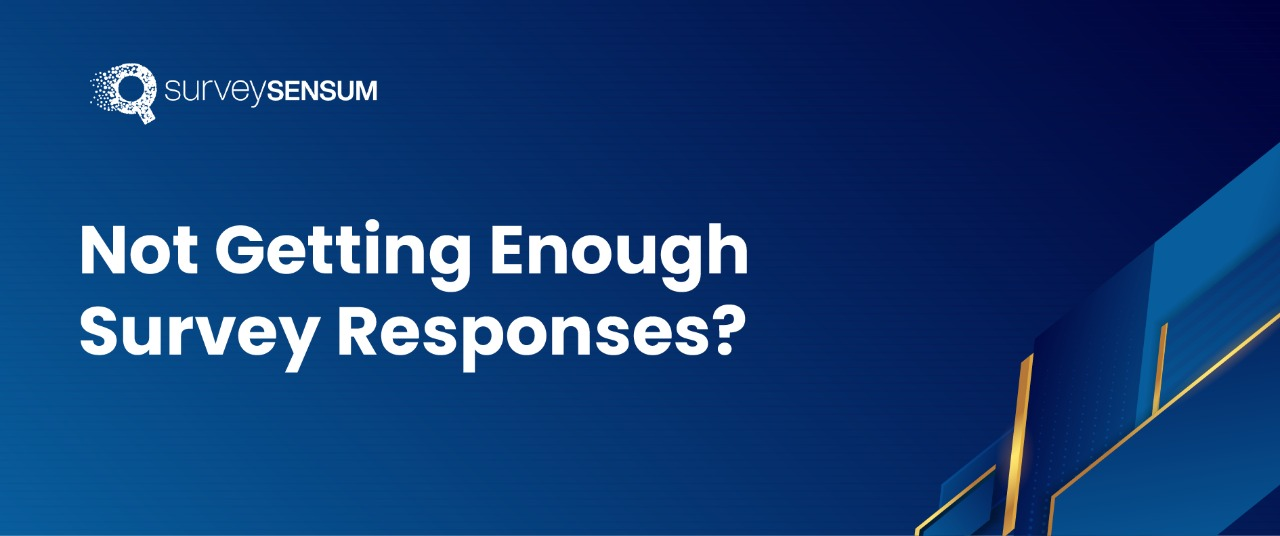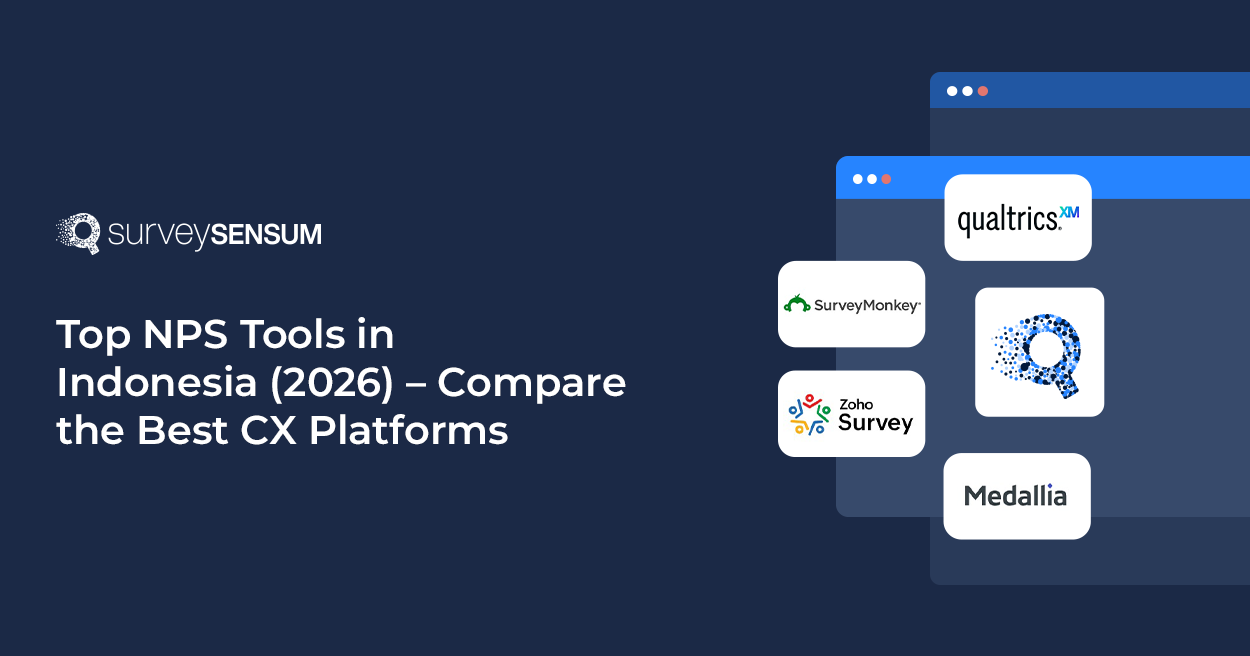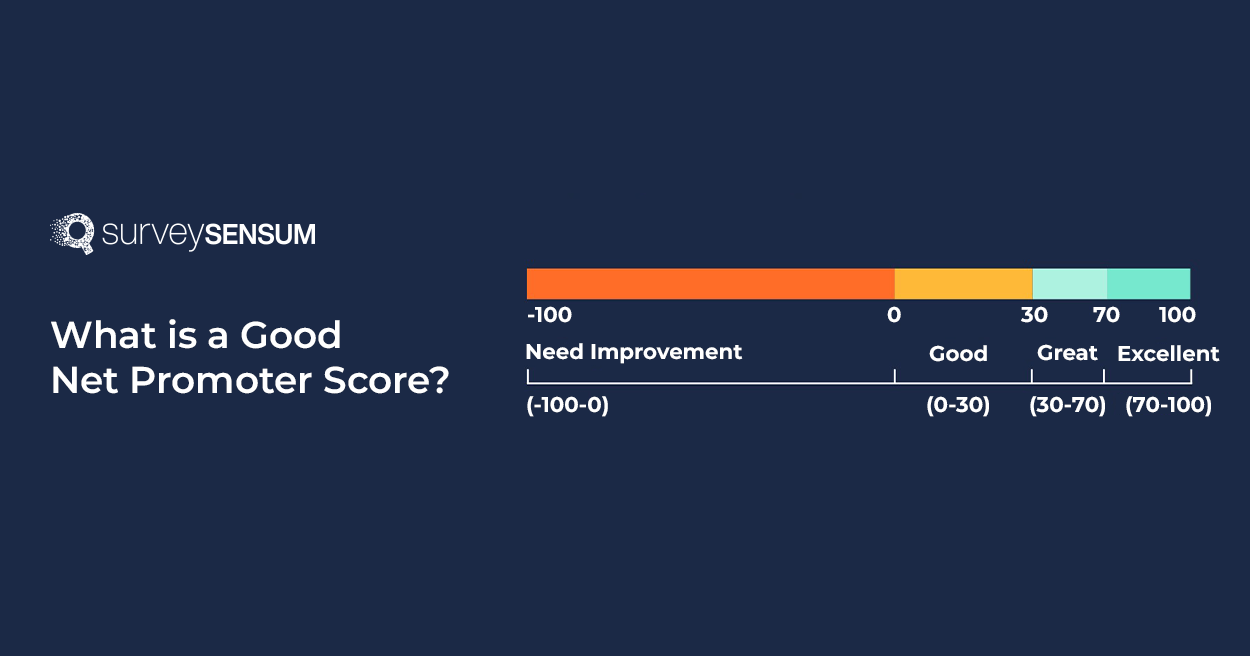


Imagine asking race or ethnicity survey questions that made your respondents misunderstood, misinterpreted, or uncomfortable! Or worse, poorly designed questions fueling biases and stereotypes towards your business.
But you need this information, right? So, how do you ask about ethnicity in a respectful and inclusive manner to gather valuable customer data while ensuring customers feel safe and understood? Let’s find out!
What Are Ethnicity Survey Questions?
Ethnic survey questions are aimed at gathering data about the respondent’s ethnic background to understand the cultural, ethnic, social, or demographic roots of a population, providing valuable information about diversity and identity.
These questions can be crucial for studies related to public health, market research, social policy, or any field where understanding cultural nuances can lead to better outcomes. However, because they deal with deeply personal information, they must be carefully worded to be respectful and clear, ensuring respondents feel comfortable sharing this part of their identity.
Ethnicity Survey Question Examples:
- How would you describe your ethnicity? (Select all that apply)
- Would you prefer not to share your ethnicity? (Yes/No)
- Which of the following best represents your cultural or ethnic background?
- Do you identify with any of these ethnic groups? (Please specify if ‘Other’)
- What is your ethnic origin? (Optional)
- What language(s) do you primarily speak at home?
- Have you experienced any challenges related to your ethnicity in accessing products or services? (Yes, please describe, No, or Prefer Not to Answer)
- How do you think we can better support and acknowledge your diverse ethnic backgrounds? (Open-ended)
Now to ask the correct question to gather actionable insights you need to ensure that you follow certain rules so that you won’t hurt anyone’s sentiments.
So, let’s talk about some of the best practices you can follow to ask ethnic survey questions while maintaining sensitivity and respect toward your customers.
How To Ask Ethnic Survey Questions (Correctly)?
Here are some best practices you can follow to create well-crafted ethnic survey questions for your survey.
1. Be Transparent
The most common mistake businesses make in an ethnicity survey is communicating the purpose of the survey clearly, leading to misunderstandings and misinterpretations.
So, to avoid this, let your customer know why you are asking questions about their ethnicity and how it will be used by you. This transparency will result in building trust among your customers and increase your survey response rate. Also, make sure that you ensure your customers that their data will be kept confidential and used responsibly.
For example, if you’re conducting a survey in an educational setting to understand student demographics for resource allocation, include a statement like: “We are asking this question to better understand the ethnic backgrounds of our students. This information will help us provide tailored resources and create a more inclusive learning environment. Your responses will remain confidential and used solely for this purpose.”
2. Use Inclusive Language
Pay attention to the language you are using. Make sure your questions and options reflect the ethnicity of your audience and avoid wordings that suggest any particular ethnicity is the default or norm.
For example, instead of asking “Do you identify with Latino/Latina/Latinx race?” ask “How would you describe your ethnicity? (Select all that apply)” and give as many options as possible, not just ones that are relevant to you.
Here, the wording shifts the focus from an imposed label to a more inclusive, identity-based response, avoiding assumptions or bias and showing respect to all ethnicities.
3. Give the Option To Opt Out
Not everyone will feel comfortable with each and every question you ask due to personal, cultural, or historical reasons.
So, to avoid a complete abandonment of the survey, provide respondents with a “Prefer not to answer” option, giving them the option to opt out and control what they disclose in the survey.
For example: “To help us understand our community better, please indicate your ethnicity. Your response is voluntary, and this information will remain confidential. (Select all that apply):”
- African/African American/Black
- Hispanic/Latino/Latina/Latinx
- East Asian (e.g., Chinese, Japanese, Korean)
- Southeast Asian (e.g., Filipino, Vietnamese, Thai)
- South Asian (e.g., Indian, Pakistani, Bangladeshi)
- Middle Eastern/North African
- Native American/Indigenous Peoples
- White/Caucasian
- Mixed/Multiracial
- Other (please specify): __________
- Prefer Not to Answer
4. Think About Regional and Cultural Differences
Ethnic categories that make sense in one region might not be relevant in another. So, customize your question based on the geographical and cultural context of your audience to include terms that respondents are more likely to identify with, ensuring your survey feels respectful.
For example: In a survey conducted in Canada, include options like “Indigenous/First Nations, Métis, Inuit” to reflect the local context. In a survey in Nigeria, include ethnic groups like “Yoruba,” “Igbo,” and “Hausa.”
Now that we understand how to ask ethnic survey questions correctly without offending anyone, let’s talk a bit about the difference between race and ethnicity so that there is no confusion between these two concepts.
Ethnicity vs Race: A Detailed Comparison
| Aspect | Ethnicity | Race |
| Definition | Refers to shared cultural characteristics, such as language, traditions, and heritage | Refers to physical traits, such as skin color, facial features, and other inherited characteristics |
| Basis | Based on cultural identities, traditions, shared history, and nationality | Based on perceived biological distinctions |
| Complexity | Can include multiple layers of identity due to migration, mixed heritage, or regional culture | More simplified and broad categories that don’t account for cultural differences |
| Use Case | Helps understand cultural backgrounds for targeted research, marketing, and inclusive policies | Often used in demographic profiling for understanding social and health disparities |
| Sensitivity | Can be seen as more personalized and context-specific, leading to potentially higher comfort levels if approached well | Can sometimes be seen as more controversial due to its use in societal divisions and systemic inequalities |
| Examples | Hispanic/Latino, Arab, Ashkenazi Jewish, Han Chinese, etc | Black, White, Asian, Native American, etc |
Now that the difference is sorted out, let’s discuss what are the benefits and downsides of asking ethnicity survey questions.
Why Ask Ethnicity Survey Questions? Pros & Cons
Excited to gather data on your customer’s ethnicity to better improve their experience? But hold on, you first need to understand the pros and cons of launching ethnicity survey questions before you decide to send one.
Pros
1. Inclusion and Diversity: Asking well-crafted ethnicity survey questions will ensure the inclusion of diverse voices into the conversation and your product development.
For example, the product development team conducts an ethnicity survey to ensure that the app reflects diverse backgrounds and perspectives.
2. Culturally-focused Decisions: Supports the development of products and services that are culturally appropriate and resonate with various ethnic groups.
For example, a food delivery app expanding internationally launched an ethnicity survey to understand the dietary practices of different regions.
3. Addressing Disparities: These questions help identify and address inequalities in areas such as healthcare, education, etc, facilitating targeted action.
For example, a healthcare company conducts ethnicity surveys among patients to identify disparities in access to health services.
4. Enhanced Data Insights: Helps organizations, researchers, and policymakers better understand the cultural and social composition of their target population, leading to more tailored and effective solutions.
For example, a retail company launches an ethnicity survey to segment their analysis and understand the buying patterns and preferences of different ethnic groups.
Cons
1. Privacy Concerns: If not well-crafted correctly, ethnic survey questions can be perceived as invasive, making respondents hesitant and uncomfortable in answering questions.
2. Risk of Misinterpretation: Poorly worded or overly broad questions may lead to confusion or the collection of inaccurate data, undermining the survey’s reliability.
3. Stereotyping and Bias: Collecting ethnicity data without a clear purpose or careful analysis can perpetuate stereotypes and reinforce existing biases.
4. Subjectivity Bias: Respondents can be easily influenced by societal pressure or personal interpretation.
So, does that mean asking ethnicity survey questions is a risky endeavor? No, if handled correctly by keeping a few things and a checklist in mind.
Conclusion
The topic of ethnicity needs to be handled delicately in aspects of our society and it remains the same for surveys too. This is because every ethnicity deserves the same amount of respect and dignity. So, asking ethnic survey questions requires a thoughtful approach that prioritizes respect, inclusivity, and transparency. And when done correctly, these questions can provide valuable insights that drive more inclusive policies, better representation, and meaningful improvements in services or initiatives.














